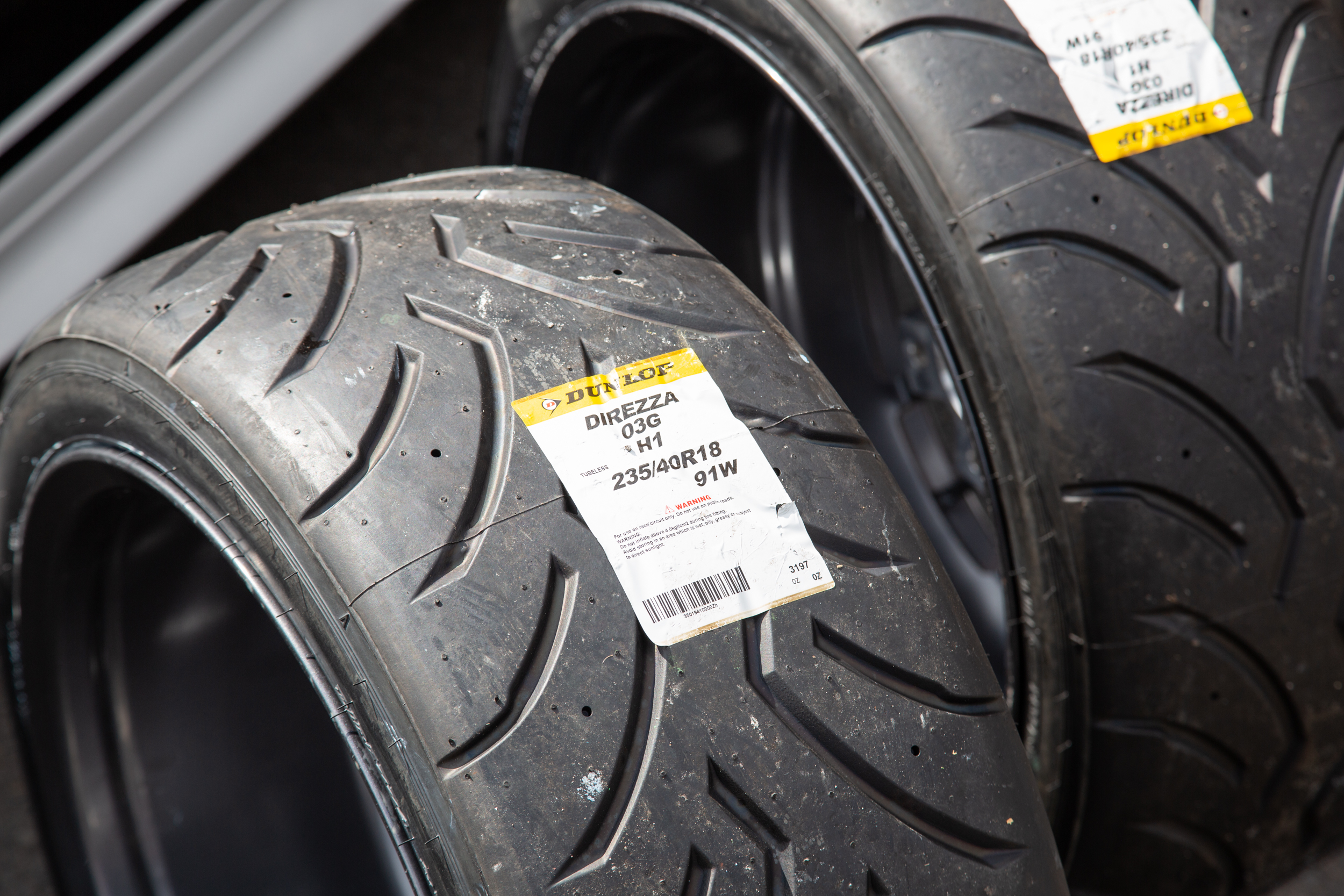All Categories
Featured
Table of Contents
The Michelin used a comfy driving experience, characterised by responsive guiding and a dynamic understeer balance. Regardless of the cooler testing conditions, Michelin's regular time and hold over three laps indicates its viability for real-world applications.
The tyre's first lap was a 2nd slower than the 2nd, pointing to a temperature-related grasp rise. For day-to-day use, the Michelin might be a safer wager.
Honest Tyre Servicing – Stirling
It shared Michelin's secure understeer balance but did not have the latter's determination to transform. Continental and Goodyear's efficiencies were remarkable, with Continental's new PremiumContact 7 revealing a considerable renovation in wet problems contrasted to its precursor, the PC6. This version was much much less delicate to pack modifications and behaved just like the Michelin, albeit with somewhat less communication at the limit.
It combined the safe understeer equilibrium of the Michelin and Continental with some stylish handling, showing both predictable and quick. As an all-rounder for this Golf GTI, Goodyear's Uneven range was the standout, demonstrating excellent efficiency in the damp. Lastly, the Bridgestone Potenza Sporting activity took the crown as the fastest tire, albeit by a small margin.
Chauffeurs seeking an interesting wet drive might discover this tire worth considering. The standout performer in wet braking was the latest tire on examination, the PremiumContact 7, though the outcomes are nuanced.
Reliable Tyre Packages
Ideally, we desired the cold temperature test to be at around 5-7C, but logistical delays suggested we evaluated with a typical air temperature of 8C and water at 12C. While this was cooler than basic test problems, it was still warmer than real-world problems. The warm temperature test was done at approximately 18C air and 19C water.
The third run involved damp stopping tests on worn tires, specifically those machined to 2mm with a little encounter. While we intended to do even more with these used tires, weather restraints limited our testing. However, it deserves noting that wet stopping is most vital at the used state, as tyres generally enhance in dry conditions as they put on.
It shared the most substantial performance decline, alongside the Yokohama, when worn. Bridgestone, Goodyear, and Michelin saw the least efficiency decrease when put on. Bridgestone and Goodyear's efficiency dipped in cooler conditions. The Hankook tyre registered the smallest efficiency decrease as temperatures cooled down, yet it was among the most impacted when worn.
Trusted Tyre Care Near Me – Mirrabooka WA
The take-home message below is that no solitary tyre mastered all facets of damp braking, indicating a complex interaction of variables influencing tyre performance under various problems. There was a standout tyre in aquaplaning, the Continental finished top in both straight and curved aquaplaning, with the Michelin and Goodyear likewise great in much deeper water.

Yokohama might gain from slightly even more grip, a concern possibly influenced by the colder conditions. When it comes to dealing with, all tyres performed within a 2% array on the lap, showing their top quality efficiency (Tyres). Considering these tires essentially target the very same customer, it's intriguing to observe the significant distinctions in feeling.
The shock is because the PremiumContact 6 was just one of my favourites for flashy completely dry drives, however its follower, the PremiumContact 7, appears more mature and resembles Michelin's efficiency. Amongst these, Hankook was the least accurate in guiding and interaction at the limit. Discount car tyres. Both Michelin and Continental supplied beautiful initial guiding, albeit not the fastest
If I were to advise a tyre for a quick lap to an amateur, say my papa, it would be one of these. We have the 'fun' tires, particularly Yokohama and Bridgestone. Both were speedy to guide and felt sportier than the others, however the compromise is an extra playful back side, making them a lot more challenging to manage.
Affordable Wheel Alignment Services – Stirling
It offered comparable steering to Bridgestone but provided much better feedback at the limit and better hold. The Bridgestone Potenza Sporting activity, nonetheless, seemed to break down fairly rapidly after just three laps on this demanding circuit. There's Goodyear, which placed itself someplace between the fun tires and those tending towards understeer.
All in all, these tires are superb entertainers. In terms of tyre wear, the technique used in this test is what the sector refers to as the 'gold standard' of wear.
Both the Bridgestone and Yokohama tires considerably underperformed in contrast to the various other 4 tyres in terms of rolling resistance, with Continental slightly outshining the remainder. Concerning the convenience level of the tires, as prepared for, most demonstrated an inverse correlation with handling. The Continental, Michelin, and Goodyear tyres performed best throughout various surface area types examined.

Bridgestone began to reveal indications of suppleness, while Yokohama was particularly jarring over pockets. We did gauge interior sound levels; nevertheless, as is frequently the instance, the results were closely matched, and as a result of weather restraints, we were incapable to carry out a subjective evaluation of the tires noise. Ultimately, we considered abrasion numbers, which measure the amount of tyre tread lost per kilometre, normalised to a one-tonne vehicle.
Tyre And Wheel Services
This number represents the quantity of rubber dust your tires generate while driving. Michelin led in this category, generating over 9% less rubber particulate matter. On the other hand, Hankook produced 32% more. This is an element I think the industry needs to focus on more in the future, and it's something Michelin is advocating.
Latest Posts
Performance Tyres Near Me ( Wanneroo 6064 WA)
Reliable Discount Tyres (Girrawheen)
Cheap Tyres